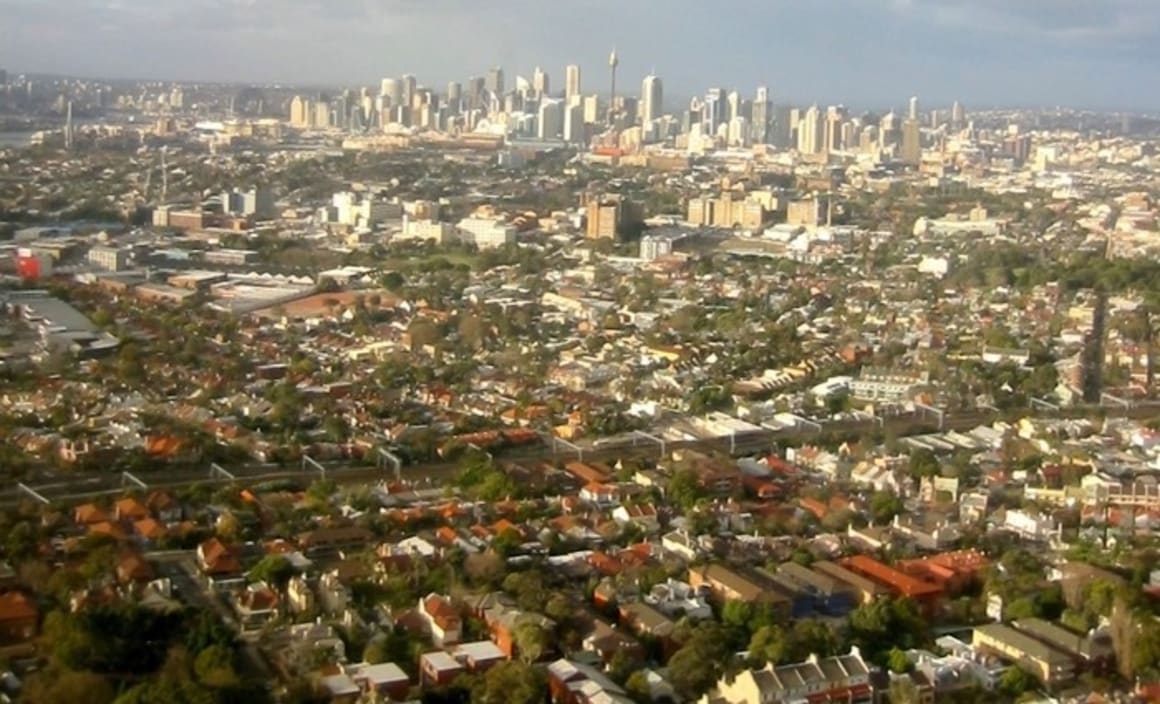Western Sydney's job surge: Pete Wargent

Pete WargentDecember 17, 2020
When I wrote my book Get a Financial Grip in 2011, I predicted a surge in property prices for a number of key Sydney suburbs located within a comfortable ten minute commute of the Central Business District, particularly those with outstanding rail transport links.
In the event, actually most parts of Sydney have been through a real estate bonanza since that time, with solid picks demonstrating capital growth of around 60 per cent since early 2012.
Although Sydney is presently set for a multi-year $70 billion infrastructure boom with the state coffers overflowing, preliminary auction clearance rates this week once again confirmed that many distant or outer suburbs are now wallowing in the midst of a reversal.
Preliminary clearance rates (CoreLogic-RP Data)
Inner west - 75 per cent
South west - 30 per cent
Blacktown - 22 per cent
Outer west - n/a
House and land prices appreciating faster close to the city over time - explained by housing market economics as the "bid-rent curve" - partly equates to the eastern, inner western and lower north shore suburbs being the most conveniently placed for the city, lifestyle, entertainment, and Sydney beaches.
And partly this dynamic is due to the simple geometry of concentric rings: an inner 6km ring has just 113 square kilometres of land therein, as compared to 1,250 square kilometres in the band located 30-36km from the city (the bit that is in the Pacific Ocean notwithstanding). Simply put, there is stacks of land available for development in the outer west and south west; but close to the city it is not so.
Perhaps more important than any of this, however, is one other factor: the location of the new jobs being created in Sydney.
Jobs deficits and surpluses
My former employers Deloitte released another outstanding report this week entitled Designing Western Sydney - Shaping Future Cities, with this simple graphic neatly encapsulating one of the greatest challenges facing the harbour city.

Eastern Sydney - which if you are unfamiliar with the geography of Sydney, for the purposes of this report is the bit around where the city and the harbour is located - has created thousands more jobs than workers for a jobs surplus of around 175,000, and is forecast to continue doing more of the same over the decade ahead.
Western Sydney, on the other hand, has thousands more workers (1,088,000) than jobs (881,000). The net result is that each working day well over 300,000 Western Sydney residents travel out of the region to work, compared to only 100,000 travelling into the region, for a jobs deficit of approximately 200,000.
It is all well and good to suggest that aspiring homeowners should simply pack up and head west for more affordable housing options, but if this requires an hour long commute across congested road or rail, in aggregate this will fail to transpire. Notes Deloitte:
"Place matters more than ever. As telecommunications and travel have grown steadily cheaper, people have chosen to live closer together rather than further apart".
Worsening jos deficit
The Western Sydney jobs deficit is projected to get much worse. Through 2031 more than half of the city's population growth is expected to be in Western Sydney at 52 per cent - with an extra 1 million residents expected and an estimated 664,000 new homes needed in the region - yet only 38 per cent of the new Sydney jobs are expected to be created there.
By 2041 it is projected that Western Sydney will have a colossal jobs deficit of 340,000, while conversely Eastern Sydney is projected to have a surplus of some 238,000 jobs, with the "high value" professional and business services jobs overwhelmingly centred on the east and only a "comparative weakness" in the west (which is also home to 8 of the 10 poorest LGAs).
Thus by 2041 it is projected that an extra 140,000 persons per day will be using the already congested transport links from Western Sydney, which would require 19 new freeways, six new train lines, or 1,700 new buses.
It is little wonder, therefore, that Sydneysiders place a premium upon place over space, and continue to target the suburbs close to the city.
Levers
With easy monetary policy and a lower dollar the Sydney economy is firing on all cylinders, and it is likely that the Western Sydney region can generate 110,000 to 120,000 new jobs by the end of the decade as things stand, but Deloitte has laid down the challenge for 200,000 great new jobs to be created.
Deloitte identifies 25 strategies and seven "levers" that can be used to generate 200,000 great Western Sydney jobs, particuarly within the health, international education, manufacturing, agribusiness. tourism, cultural, and "enabling" industries (financial services, construction, transport & logistics, retail, and government administration).
Although some Australians oppose population growth and the increased density of living, it can without question benefit economic standing, with productivity, the labour force, and the way in which businesses interact with each other all gaining from proximity, and the capital cities acting as the "engines of growth". Over the next decade Gross State Product per capita is thus expected to soar by 30%.
Although few seem to have realised it yet, the next Sydney sector to boom will be education, evidenced through a massive influx of international students.
PETE WARGENT is the co-founder of AllenWargent property buyers (London, Sydney) and a best-selling author and blogger.
His latest book is Four Green Houses and a Red Hotel.
Pete Wargent
Pete Wargent is the co-founder of BuyersBuyers.com.au, offering affordable homebuying assistance to all Australians, and a best-selling author and blogger.